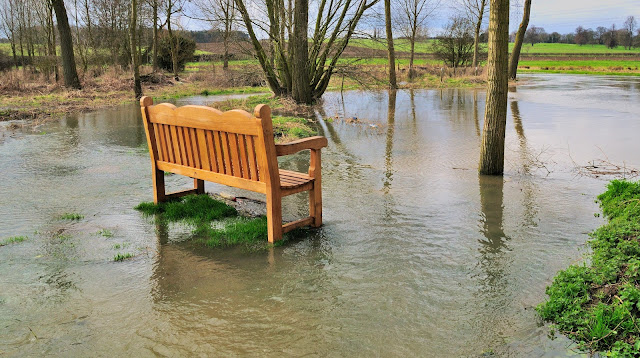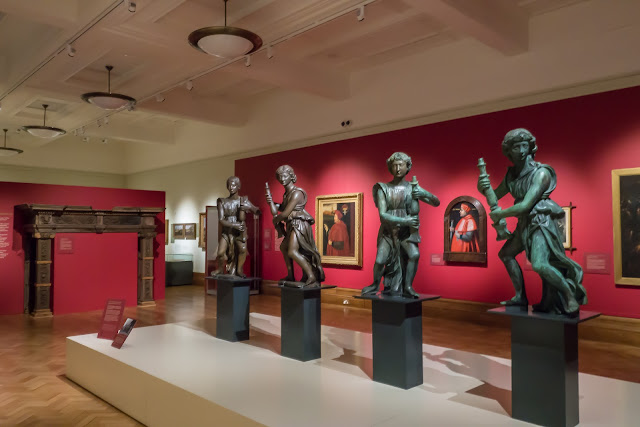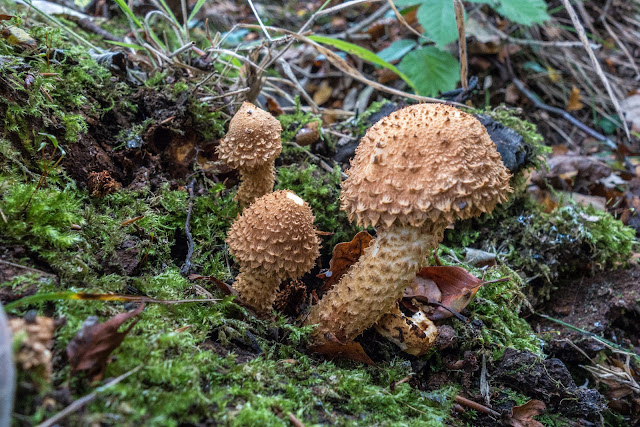In 1544 Rowland Taylor became Rector of Hadleigh where the new Protestant reforms of Edward VI's reign were adopted. However, in 1553, Mary Tudor became Queen and reinstated the Roman Catholic religion, but Taylor, and others, refused to give up the Protestant changes and beliefs. His arrest was ordered in March 1554 and in January 1555 he was excommunicated and sentenced to be burnt at the stake. He was returned to Hadleigh and on February 9th 1555 burnt at the stake on Aldham Common.
Some history:
On 16 April 1544, he was presented to the living of Hadleigh, Suffolk, thus becoming their spiritual leader and rector. Then, on 15 August 1547, he became canon of Rochester, the same year during which King Henry VIII had died in January.
In 1548, Taylor was further appointed archdeacon of Bury St Edmunds, followed 3 years later, in 1551, being made archdeacon of Exeter in the diocese of Exeter
Other positions he was appointed to include being one of the Six Preachers of Canterbury Cathedral and being appointed chancellor to Bishop Nicholas Ridley. A very busy man!
Taylor's troubles began on 25 July 1553. He was arrested just six days after the new queen, Mary I, ascended the throne. Aside from the fact that Taylor had supported Lady Jane Grey, Mary's rival, he was also charged with heresy for having preached a sermon in Bury St Edmunds denouncing the Roman Catholic practice of clerical celibacy, which required that a priest in holy orders be unmarried. Many English clergymen, including Taylor, had abandoned this teaching since the 1530s as a token of the English Reformation.
Taylor also denounced the Roman Catholic doctrine of transubstantiation, which is the belief that the two elements (bread and wine) taken during Holy Communion, or the Eucharist, actually become the body and blood of Jesus Christ. Since the Roman Catholic position is that the Eucharist (and the miracle of transubstantiation) is a sacrament commanded by God, anyone denying it, particularly a cleric or pastor, is considered a heretic. This teaching was opposed universally by the Reformed and Protestant Churches, who maintained that, since a sacrament is a sign, it cannot also be the thing signified. For similar reasons relating to the problem of idolatry, Taylor took issue with the Roman Catholic form of the Mass and received much support from the villagers of Hadleigh.
These issues came to a head after Edward VI died (6 July 1553) and was succeeded by Queen Mary I. In 1554, Mary began a program of re-establishing Catholicism in England. However, the English clergy and Anglican faithful, whose hopes for a Protestant royal succession had been dashed by Mary's imprisonment and execution of Lady Jane Grey, saw it as a matter of English Christian duty to resist this backlash, not least to resist the political ambitions of the king of Spain (Philip II, whom Mary married) to draw England within the sphere of the Holy Roman Empire and its Roman Catholic satellites. Although Mary, as Henry VIII's eldest daughter, was a legitimate successor to Edward VI, England was no longer minded to tolerate a Roman Catholic monarch, and the courage and endurance unto death of men such as Taylor provided the public example which ensured that the Reformation was not in fact overturned, but became established in the realm of England.
On 26 March 1554, the Privy Council ordered the arrest of Taylor, and he thus appeared before Bishop Stephen Gardiner. The proceedings against Taylor ran over several years. During this time he was kept in the King's Bench Prison. While in prison he befriended many inmates and was instrumental in many conversions to Anglicanism.
January 1555 was an ominous month for Anglican clergy in England. After several years of separation from Roman worship and governance, the accession of Mary I in 1553 and her immediate reversion to Roman Catholic rule in obedience to the pope (an attempt to turn back the Reformation of the English church) led her to unleash her wrath upon those whom she defined as treasonably minded heretics.
His execution took place on 9 February 1555, at Aldham Common just to the north of Hadleigh. His wife, two daughters, and his son Thomas were present that day.
A local butcher was ordered to set a torch to the wood but resisted. A couple of bystanders finally threw a lighted torch onto the wood. A perhaps sympathetic guard, named Warwick, struck Taylor's head with a halberd, which apparently killed him instantly. The fire consumed his body shortly thereafter.
An unhewn stone marks the place of Taylor's death at Aldham Common (just to the north of Hadleigh, where the B1070 Lady Lane meets the A1071 Ipswich Road). Next to the unhewn stone, there is also a monument erected in 1818, and restored by parishioners in 1882.
The memorial window to Rowland Taylor in St Mary`s Church, Hadleigh.
Aldham Common, the site of Rowland Taylor' burning, was enclosed in 1729 with the income to be used for the 'poor of Hadleigh'. Today the Aldham Common Charity administers the land and money raised is used to help with cases of hardship within the Parish of Hadleigh.
The Charity is able to make grants to individuals or organisations to help in a number of ways eg. contributions towards school uniform, school trips, college and university books and equipment, assistance with travelling costs to hospital appointments, replacement of furniture and white goods etc.











































